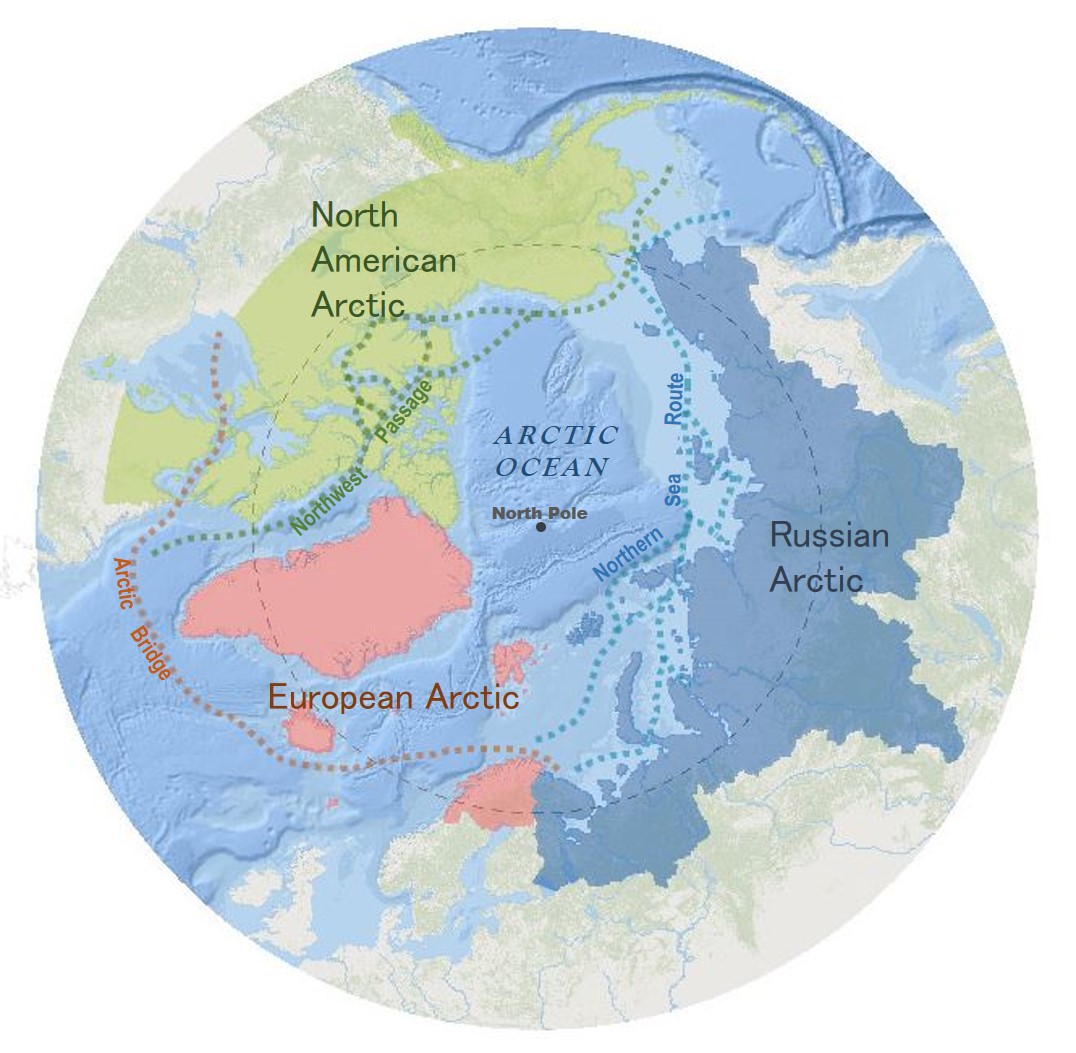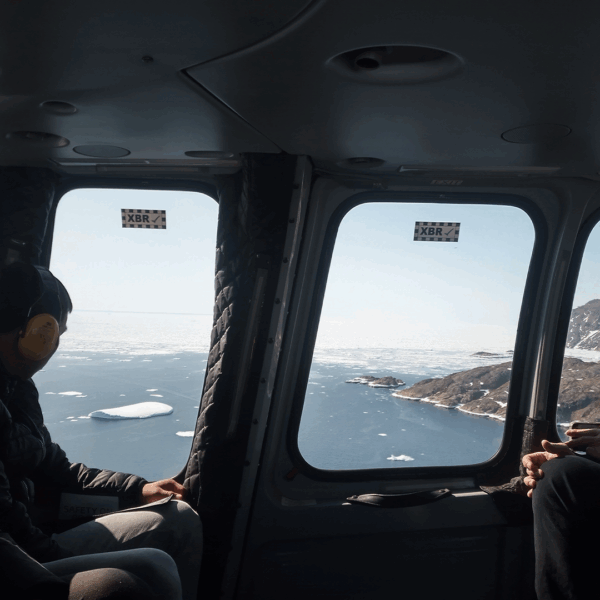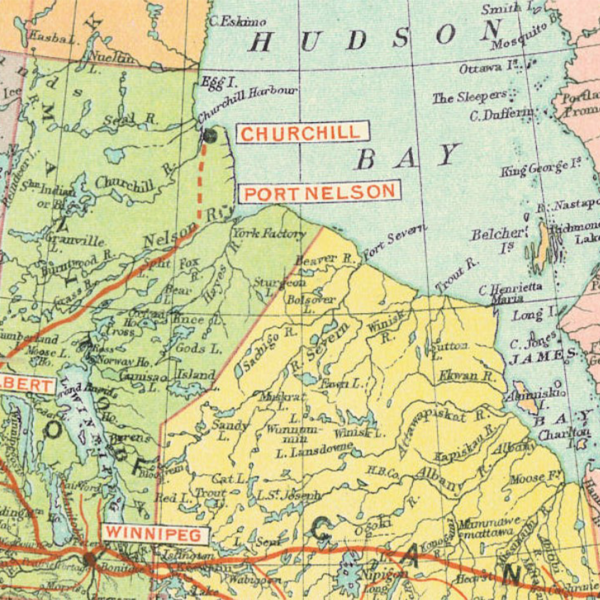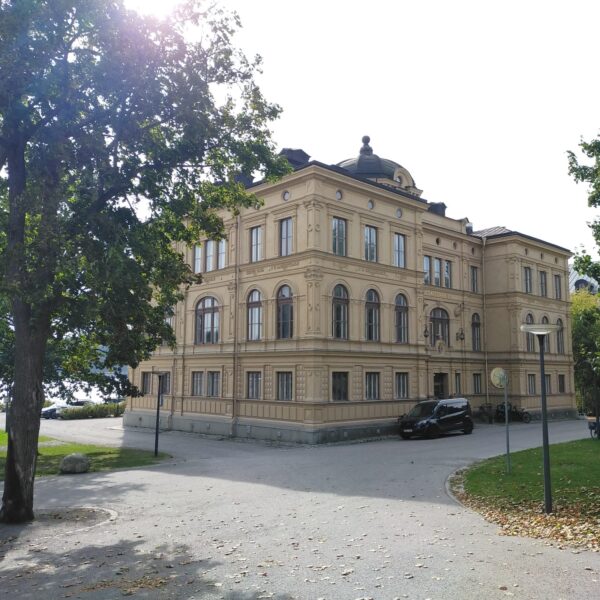Can New Arctic Transport Infrastructures Benefit Northern Residents?
Peter Schweitzer
Contemporary economies and societies cannot function without the transport of goods and people.
If we ever needed a reminder of that, the March 2021 blockage of the Suez Canal by the container ship Ever Given certainly was an impactful one. The Arctic, due to its remoteness, harsh climatic conditions, and low population density, has long played a rather minor role in global transport flows. Climate change (via a decreasing sea ice cover of the Arctic Ocean), new prospects for arctic resource extraction, as well as novel geopolitical constellations at the top of the world, have changed this.
There are plans for the further development of the Northern Sea Route and the Northwest Passage, and, eventually, a Transpolar shipping route might become possible. In addition, new road and railroad projects, as well as plans for expanded airports, river and marine terminals have appeared throughout the Arctic.
What does this mean for the permanent residents of the North, no matter whether they are indigenous or not? While the initiative and the funding for most of these projects comes from non-arctic regions and interests, are there constellations which benefit local residents as well? Or, to put it differently, will existing and new transport infrastructures contribute to pushing people out of the Arctic or will they increase the quality of life of its residents?
The European Research Council Advanced Grant project “Building Arctic Futures: Transport Infrastructures and Sustainable Northern Communities” (project ID 885646) – or InfraNorth for short – commenced in early 2021 and will explore the relationship between existing and planned transport infrastructures and community wellbeing.
We use a relational affordance perspective to explore the topic ethnographically, that is we focus on how local arctic residents experience and engage with these infrastructures.
We know that, in some cases, transport infrastructures can be instrumental in satisfying the mobility needs of residents and other aspects of quality of life. There are, however, other examples, such as the planned railroad link between Kirkenes (Norway) and Rovaniemi (Finland), which would heavily impact reindeer pastures and, thus, the livelihoods of reindeer herders.
InfraNorth is not taking a position pro or contra arctic transport infrastructures but wants to document and understand their positive and negative impacts on the Arctic and its residents, whether they are reindeer herders or urbanites.
InfraNorth is a pan-arctic research project, meaning we want to compare multiple sites and regions across the circumpolar North and explore their differences and similarities regarding our questions.
For analytical and practical reasons, we have divided the Arctic into three study regions, the Russian Arctic, the North American Arctic, and the European Arctic. Within each of the three study regions, we will have three or more field sites, which we will contextualize on different levels and scales. These field sites will range from small (indigenous) communities to large arctic cities.
This multiplicity of sites will allow pan-arctic coverage and a comparative perspective, which will help in understanding best practices regarding the relationship of arctic communities and transport infrastructures.
Likewise, we will work with specialists in developing scenarios for the future development of communities and infrastructures. In the context of local Scenario Round Tables, we will use these to trigger discussions about local hopes and needs. Toward the end of the project, we will hold a Panarctic Scenario Forum in order to translate our academic results into policy recommendations.
On September 23, 2021, InfraNorth will hold a hybrid workshop entitled “The Global Economics and Geopolitics of Arctic Transport Infrastructures”, which will deal with the economic and political conditions beyond the local and regional contexts without which our ethnographic case studies cannot be properly situated. Invited speakers include Mia Bennett, Lawson Brigham, Klaus Dodds, Marlene Laruelle and Nadezhda Zamyatina. We look forward to seeing you there.







Please login to post a comment...